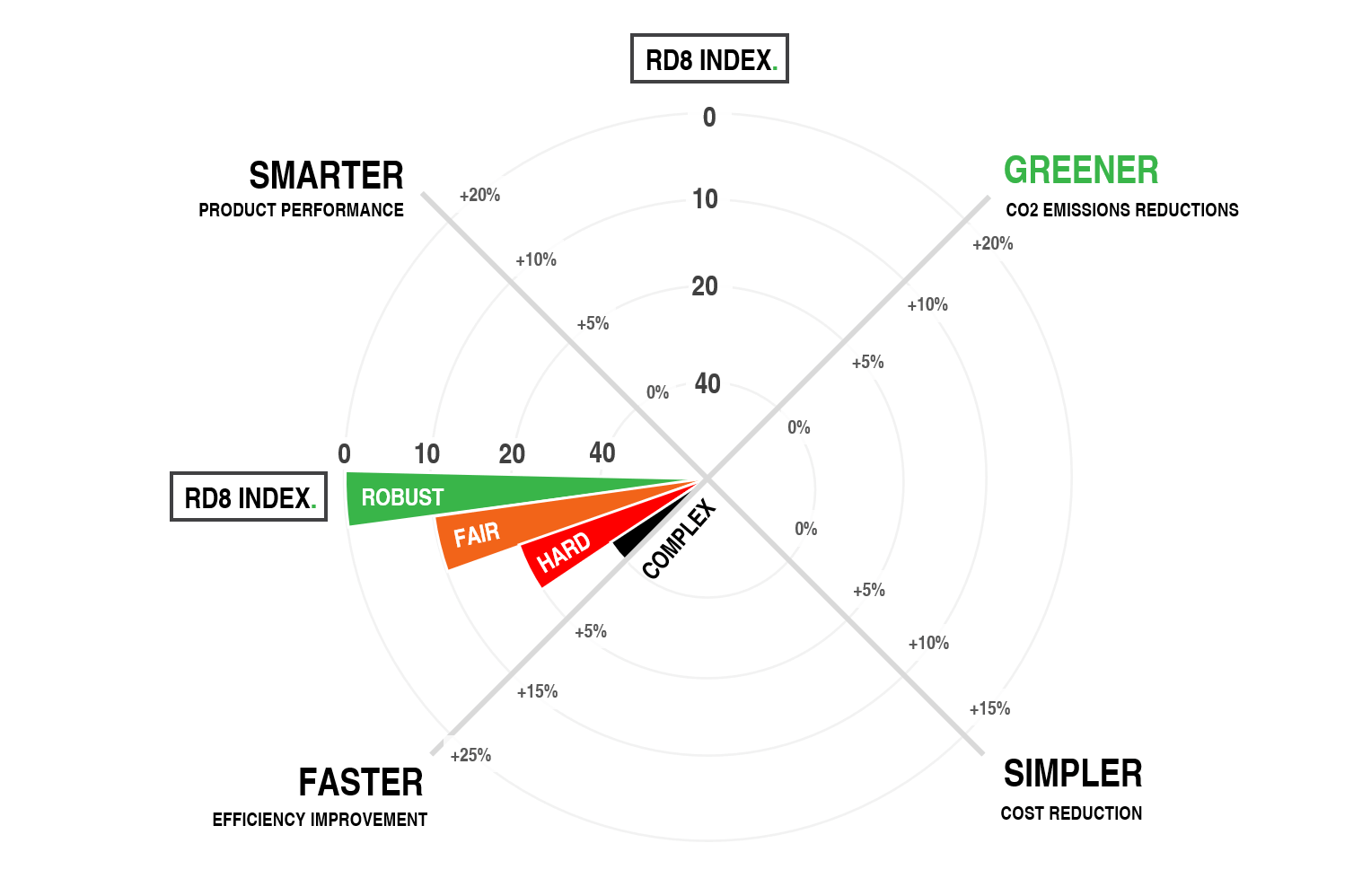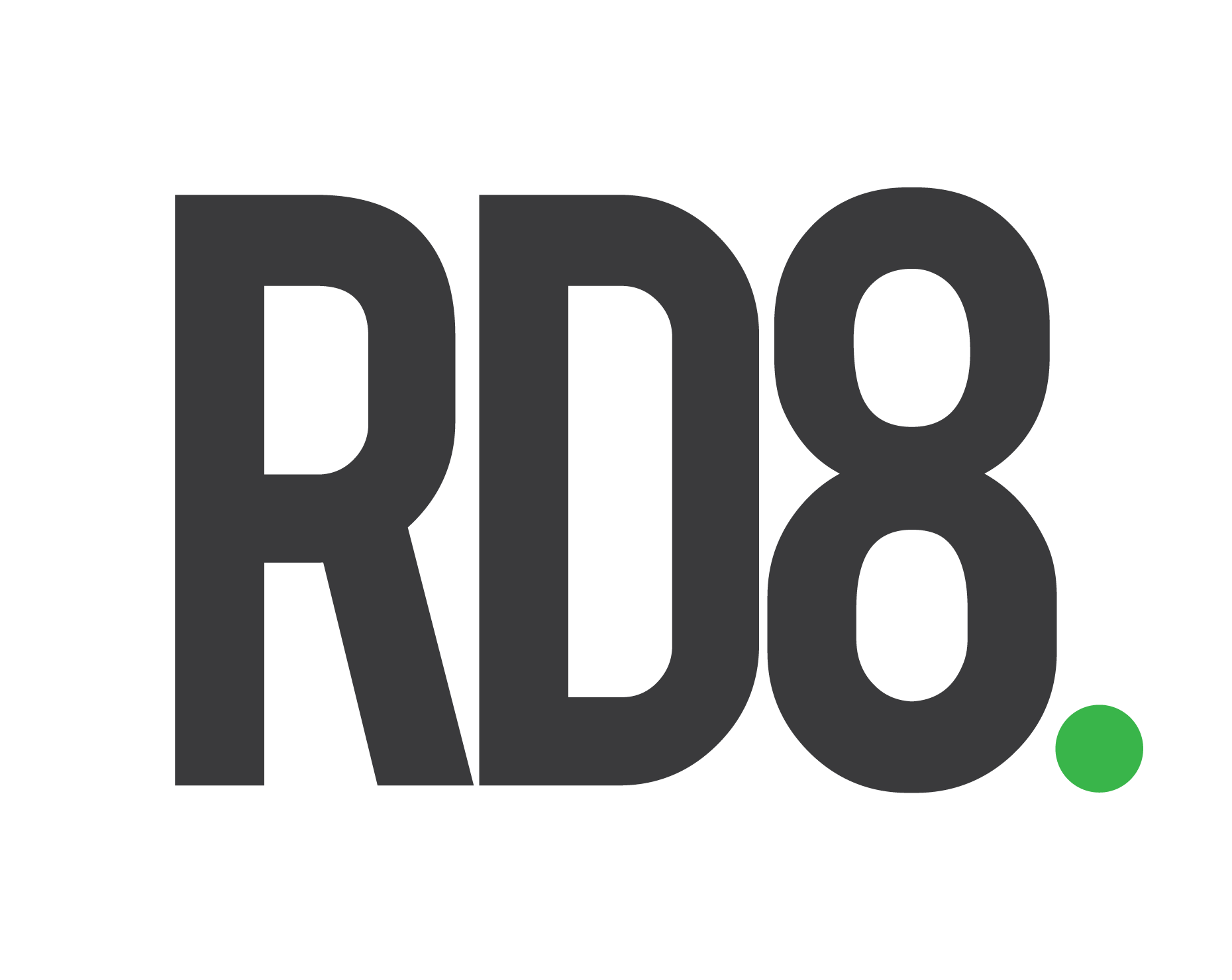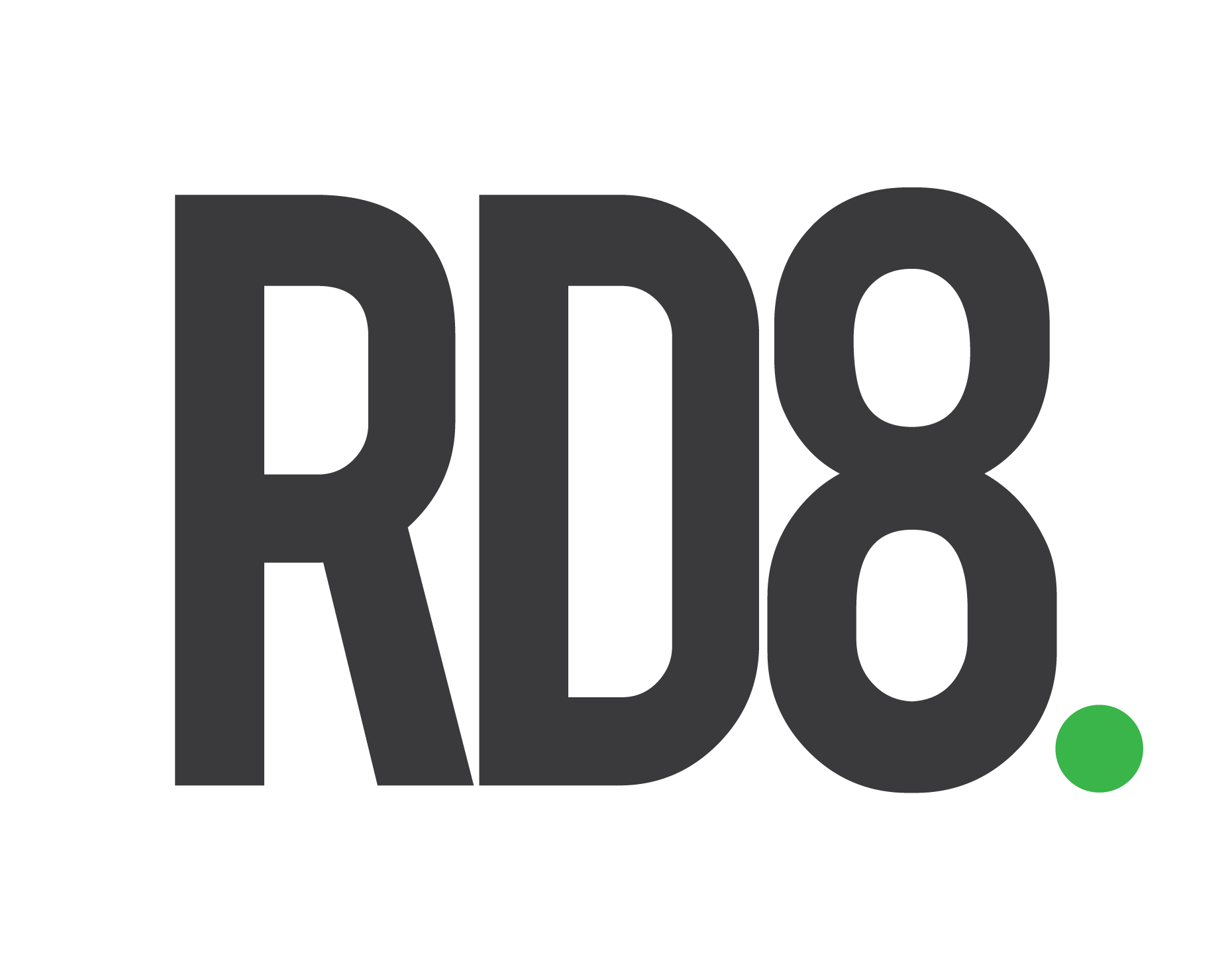Product Redesign
Maximize profit for next generation of products
Redesign powered by Robust Design leads to next level value engineering. For example, product redesigning leads to cost reductions while achieving benefits within sustainability and product performance. Balancing product performance and cost leads to maximum product profit.
Typical
Product redesign - step by step process
The typical process for a product redesign. Typical either an outsourced effort - or a co-creation effort (to sustain Robust Design learnings at the given company)
Baseline
3-9 weeks
Target setting
1-3 weeks
Entering new product development loop
Timeline depending product complexity & targets
- Establishment of product baseline – see the Product review service
- Product benchmark
- Design improvement recommendations & concept proposals
- The setting of redesign scope (e.g. quality target, cost target, performance target) and constraints (e.g. reuse of production equipment/processes/suppliers, reuse of assembly equipment, backward compatibility, etc.).
- Fast phased redesign – revisiting relevant parts of the new product development process
Leap
Robust redesign = radical value engineering
Our Robust Design methods are a lever for radical new leaps in value engineering.
Our redesign approach often reveals new insights to companies that have driven continuous improvement efforts for many years. We strive to break with the incremental improvement mindset by bringing new know-how to the table.
Elements in the RD8 redesign:
- Complexity reduction – see an example of interface complexity reduction
- Increasing performance & quality + lowering cost (known for many as the activity of value engineering)
- Data-driven design – learn more about our Robust Design metrics that systematically reveal improvement potentials and drive redesign improvement efforts
The RD8 product redesign approach links to the unique metric, the RD8 index, which quantifies the robustness of a given product. A low RD8 index represents a Robust Design. A high RD8 index represents a sensitive and/or complex product.
Product complexity and sensitivity are closely linked to product part cost, development, maintenance, and production efforts. A high RD8 index reflects that too much information is tied up in the product – thus stating unneeded additional requirements. See an example of how a redesign can eliminate +60% of measures on a part-part interface.

Are you interested in hearing more
about product redesign?
Book a meeting with us already today



